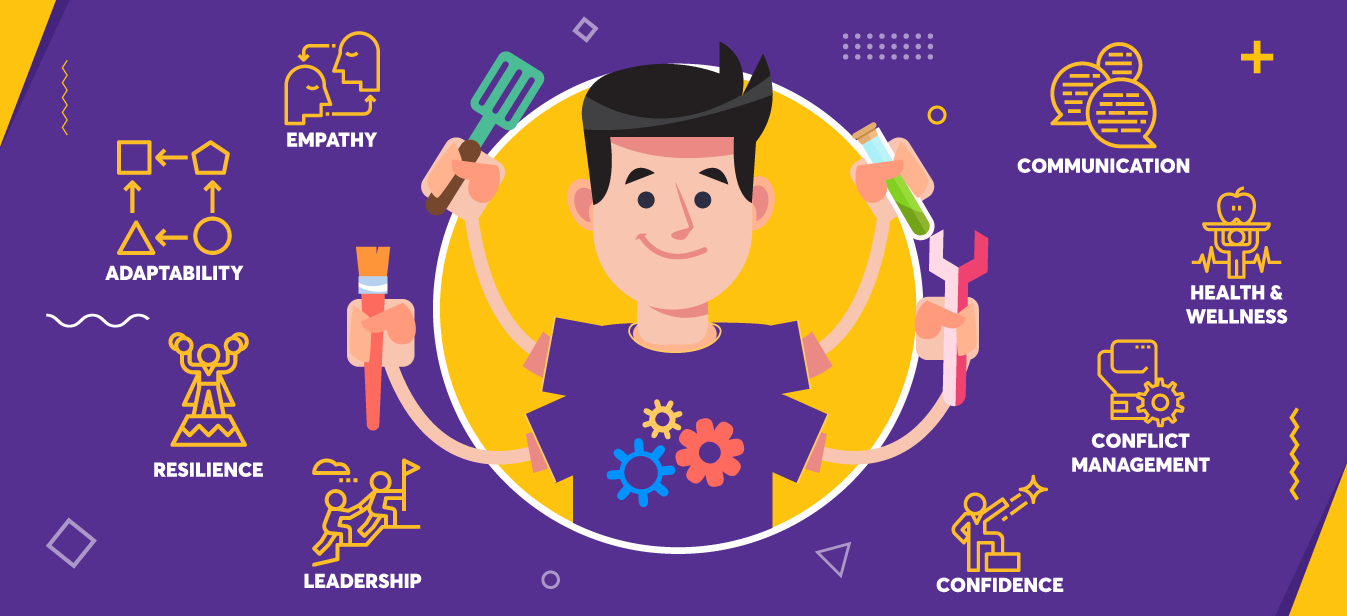Emotional development is a big part of a childhood; it could in many ways define the child’s traits, social responses, and have a direct impact on their feelings as well. Some may think children are born with only three emotions – happiness, anger or fear; but studies claim that children are born with a wider range of feelings.
School is a place where children learn to interact with their peers, absorb everything around them, and make friends. This is a place where they are independently responsible for their actions, reactions, and their social abilities. School is also a place where children thrive on emotions besides academic successes. Afterall, they spend most of their day in school.
Emotions play a key role for all when growing up. Children feel all emotions hard and also freely express them with no manipulation. Therefore, it’s imperative for parents and teachers to look for signs children are giving. It’s easy to tell when a child is happy, but there are days and instances where children may be in a different mood altogether. Children could experience bullying, betrayal, embarrassment, and unfair behavior from their peers or teachers. That said, we must pay close attention to their feelings, and what they have to say about their day at school.
One of the approaches to handle the issue is to introduce mental health programs into the curriculum. These could help children understand the concept of mental health. There are many aspects of introducing the subject as part of the school curriculum. Children need to understand their own emotions and how they can get a hold on them.
Be it social anxiety, learning disability or adolescent depression, these issues are best resolved at an early stage. If not addressed, they can turn chronic and be a major influence in one’s life. Mentally healthy students are likely to have a positive approach to learning and people around them. We need children to actively engage in student activities, have supportive and caring connections, and imbibe appropriate problem-solving skills.
The way a district or school approaches mental health services may vary but they can evolve on the go. The key reasons to make mental health a part of the curriculum include:
💭 Increase Mental Health Awareness
This not only involves children to cope with their emotions but also lets them know that mental health is a big part of overall health and wellbeing. It is vital for children to maintain positive mental health to focus on academics, sports, music, and other curricula.
💭 Recognise mental health-related issues
One of the ways to improve mental health is the ability to recognise related issues. When issues are left untreated it could negatively influence the child’s growth and development. It is vital for us to support children with the right tools and resources to help them cope with mental health issues.
💭 Early intervention can change perspective
Mental health awareness may not only change the life of the one coping with an issue but the people around them. It can encourage people to have the right attitude and make good choices of words when addressing someone. It strengthens abilities like stress tolerance and resilience among children.
💭 Create an accessible environment
While negating the stigma attached with mental health among young and adults, mental health programs can encourage children to freely express their feelings. Be it anger, fear, helplessness, or jealousy, children need to know it’s okay to feel these emotions, and this is the first step towards building a coping mechanism towards illnesses.
Schools have the ability to encourage mental health among students, teachers, and parents. It has a myriad of benefits that contribute to the wellbeing of one and all.
Square Panda recognises the need for holistic development among the Indian education system, for it’s key to better learning outcomes. A child with a positive mental space has a better capacity to cope with academics and other curricular activities.




